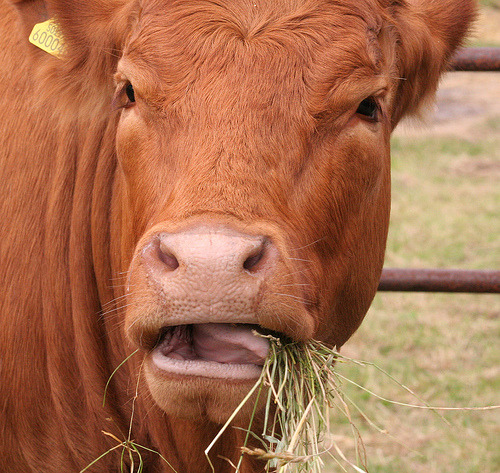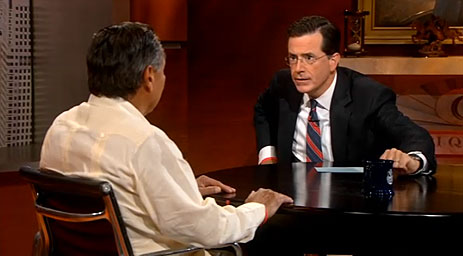Enough with all the heat wave blather and depressing analysis of the ever-shrinking climate bill. Here are 10 enviro stories you may have missed this week:
- Green on me: China has dispatched its own flotilla of ships to battle a massive tide of slime off the coastline. Only it’s not oil, it’s algae — a sickly green slick said to cover almost 250 square miles. The bloom is apparently the result of high ocean temperatures and nitrogen runoff from farms. Jonathan Watts, of The Guardian, tells the putrid tale.
- Time to bite the bullet: Not feeling guilty enough about causing climate change? Turns out we spew emissions even when we’re having surgery. A new study concludes that in a busy hospital, the use of common anesthetics can generate as much greenhouse gas as 1,200 cars a year.
- He looks so natural: Burial and cremation? So over. A Scottish company wants to dissolve the dearly departed in chemicals. The result? A green-brown broth of amino acids, peptides, sugars, and salts which can be lovingly recycled into a memorial garden — or flushed down the toilet.
 Cutting edge “burp gun” measures cow-generated methane.Photo courtesy foxypar4 via FlickrThey have so much to give: Cows have gas. Lots and lots of gas. They can burp every minute or so. And now scientists can measure the methane from all that belching with … the “burp gun.” Check out this BBC video to witness the cutting edge of barnyard science.
Cutting edge “burp gun” measures cow-generated methane.Photo courtesy foxypar4 via FlickrThey have so much to give: Cows have gas. Lots and lots of gas. They can burp every minute or so. And now scientists can measure the methane from all that belching with … the “burp gun.” Check out this BBC video to witness the cutting edge of barnyard science. - Where Happy Meals go to die: By now everyone’s heard of the huge islands of plastic garbage swirling in the ocean. But the most dangerous detritus is the soup of tiny plastic particles that get gobbled up by fish. No one’s attempted to estimate how much mini-junk is actually floating out there. Until now. Environmentalist Stiv Wilson has taken the first shot at it with his projection of roughly 315 billion pounds of plastic. See Michael Reilly’s report in Discovery News.
- Credit where credit is due: Sure, sea otters are cute, but one scientist says they’re also worth a lot of money — in carbon credits. Because otters feast on sea urchins, which munch on kelp, sea otters are, with each meal, protecting carbon-sucking plants — that would be the kelp. Chris Wilmers of the University of California, Santa Cruz has done the math: if otter populations were fully restored along the coasts of North America, they could reduce carbon emissions to the tune of $700 million-plus on the European carbon-trading market. Peter Aldhous has the story in New Scientist.
- The chill is gone: New York law forbids a store from propping open its front door if the air conditioning is running. But to lure customers off steamy N.Y.C. sidewalks, some businesses have been doing just that. Nine just got busted.
- If only it could change the oil: Dutch researchers say they’ve created a new kind of hungry concrete that actually cleans up the air pouring out of tailpipes. Gizmag fills in the details.
- They need to watch Fatal Attraction: OK, climate change can be blamed for a lot of things … but fish with a death wish? Believe it. Changes in the ocean’s chemistry seem to be drawing some fish species to the very predators that eat them. See Brandon Keim’s report in Wired.
- The ultimate late bloomer: A Chinese goat horn tree brought to England many summers ago finally has a flower — after 92 years.
Secure · Tax deductible · Takes 45 Seconds
Secure · Tax deductible · Takes 45 Seconds




